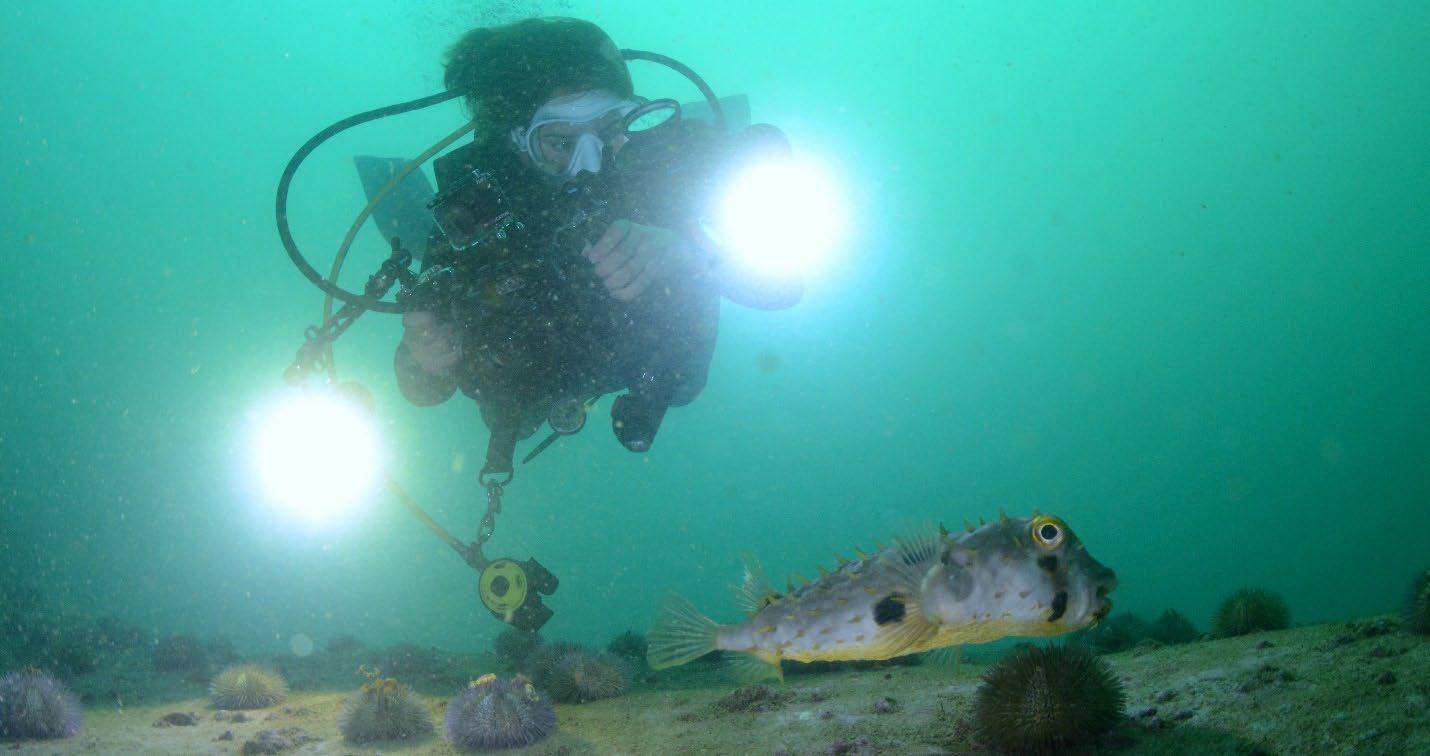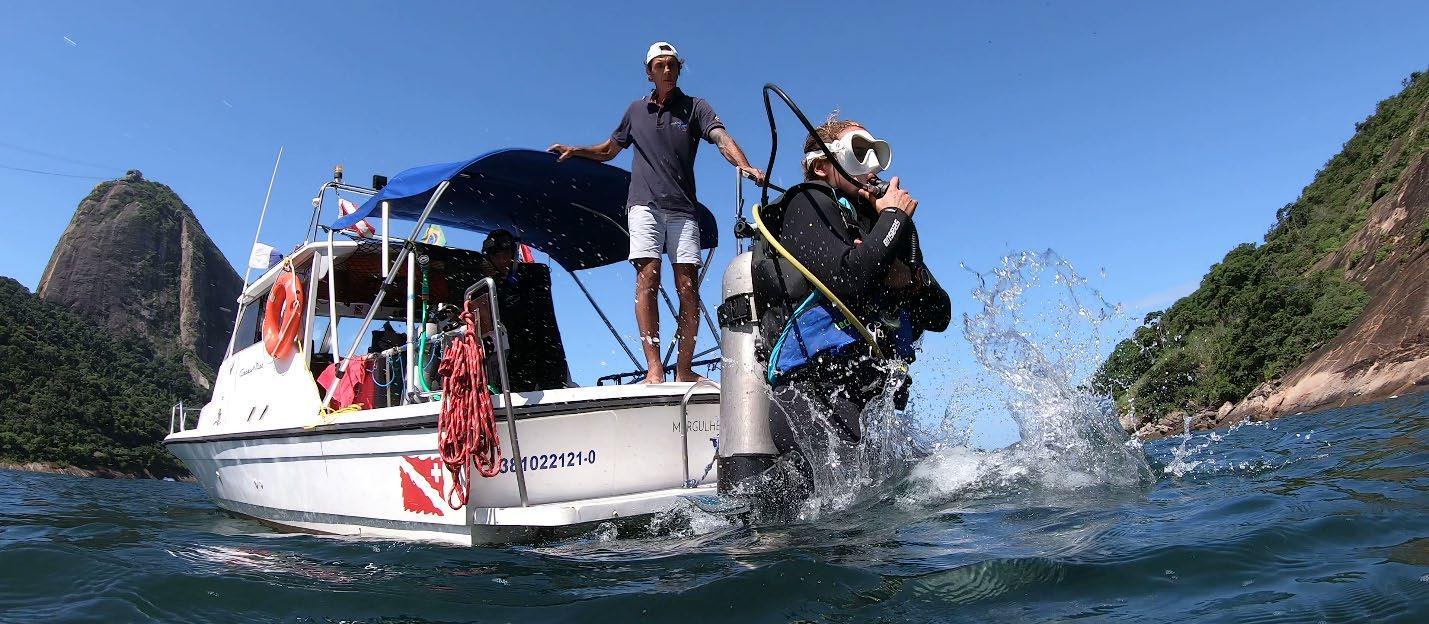
2 minute read
Seafloor Plastics Expeditions
To help fill gaps in knowledge about the relationship between tourism and single-use plastic pollution on the seafloor, in 2019 and 2020 Oceana conducted five expeditions in four countries: Brazil, Mexico, Spain and the U.S These expeditions were carried out using underwater drones (apart from in the U.S., where SCUBA divers were exclusively used) within, or in proximity to important biodiverse marine areas off the coast of the following popular tourism destinations:
Brazil
Beaches around Rio de Janeiro, including Copacabana and Ipanema. Just over three miles off the coast of Rio de Janeiro is its first no-take marine protected area, surrounding the Cagarras Islands. This area is highly biodiverse, and an important nursery and feeding ground to many species. It also faces significant threats from pollution, uncontrolled fishing and tourism. Rio’s close-by iconic beaches of Ipanema and Copacabana are home to countless hotels, restaurants, shops, tour operators and other tourist businesses. Millions of tourists visit the area every year and plastic pollution from sewage systems and beach businesses is rampant.
Mexico
Cancún and Playa del Carmen. The reef sites around the city of Cancún on Mexico’s Yucatán Peninsula are part of the Mesoamerican Barrier Reef System, the second largest reef in the world. This complex and highly biodiverse reef is home to hundreds of iconic species including sea turtles, manta rays, and nurse sharks – many of which are threatened or endangered. Cancún is one of Mexico’s most popular beach destinations. South of Cancún is a coastal strip of land called Riviera Maya which includes the beach town of Playa del Carmen. Once a wetland with forests and mangroves, the area has now been developed into an internationally popular beach destination with problems of eroding beaches, insufficient waste collection and water pollution.
Spain
Palmanova and Magaluf in Mallorca. Mallorca is part of the Balearic Islands in the Mediterranean Sea, home to a great diversity of marine animals including hundreds of species of fish, crustaceans, invertebrates and marine birds. Mallorca is also a tourism hotspot and the second most populous island in Spain. Mainly due to tourism, Mallorca’s beaches are full of single-use plastic waste during the tourist season and need to be cleaned every day.
Beaches around Valencia. The shoreline close to the port city of Valencia on Spain’s southeastern coast is home to vital wetlands and a diverse range of endemic and migratory species. At the same time, the region of Valencia has one of the highest rates of plastic pollution in the Mediterranean Sea, with an estimated 12.9kg of plastic waste reaching every km of the coastline each day; and in Spain, it is the region with the highest annual rate of microplastic leakage. 28
United States
Key Biscayne and the Florida Keys. Key Biscayne is at the northern end of the Florida Keys Reef Tract, the third largest barrier reef in the world and the most extensive living coral reef in the U.S. This reef lies a few miles seaward of the Florida Keys - a string of tropical islands stretching about 120 miles off the southern tip of the state of Florida The area is part of a productive marine ecosystem that includes patch and bank reefs, seagrass meadows, soft and hard bottom communities, and coastal mangroves. This matrix of interconnected habitats supports one of the most biologically diverse assemblages of marine life in North America. The Florida Keys and its surrounding area is also one of the most popular tourist destinations in the U S , attracting throngs of beachgoers and sportfishing enthusiasts from across the world.
Methodology
In carrying out our research in these locations, we used a sampling-based surveying approach that entailed applying a grid of small hexagons to the overall area, then dividing the area geographically based on the different types of seafloors. Finally, the squares or hexagons were randomly selected to survey with an underwater drone
Additionally, we carried out SCUBA dives to take still images and videos in higher resolution. This method allowed our science team to obtain the data needed to estimate the amount of plastic pollution on the seafloor. In addition, we were able to identify some of the impacts that the plastic is having on habitats and marine species in these biodiverse marine areas which are also popular tourism destinations.











